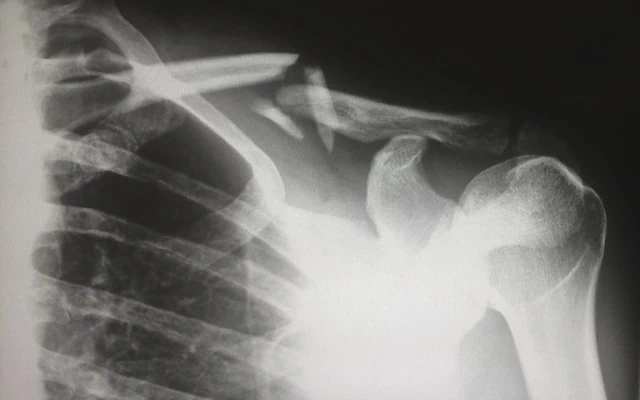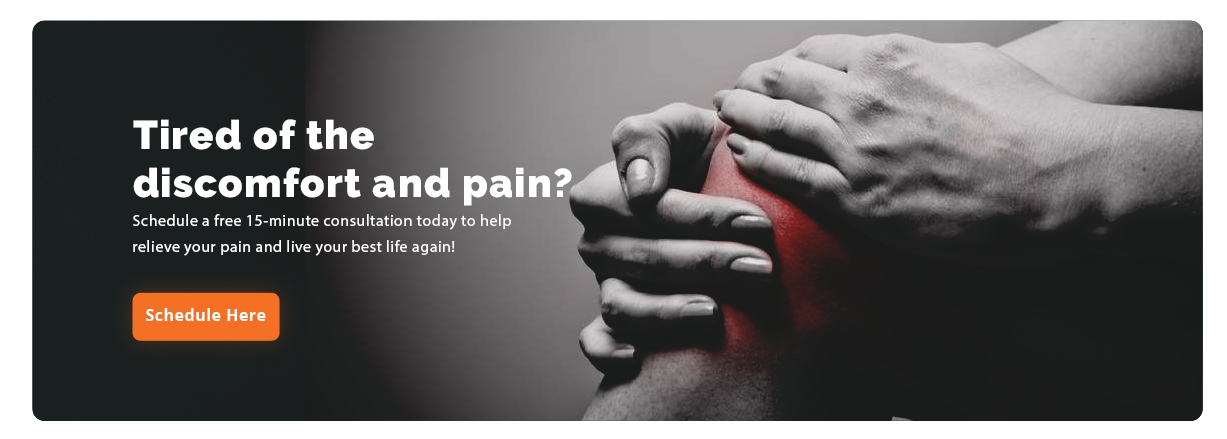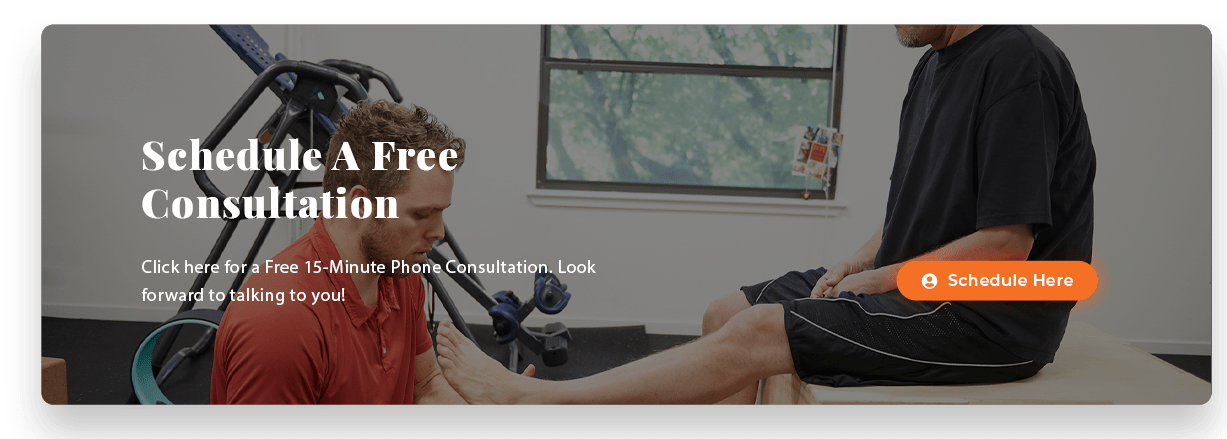“Chronic pain is not all about the body and it’s not all about the brain—it’s everything. Target everything. Take back your life.” —Sean Mackey, MD, PhD
No one likes being in pain. And some types of pain are much more crippling or debilitating than others.
Take shoulder pain, for example. Like many other structures in our bodies, we usually give little if any thought to the continual use and movement of our shoulder joints and muscles. Until they become painful. Then it seems that everything we do hurts or triggers pain.
Some types of shoulder pain are strictly temporary and will usually diminish and cease over time. And we either bear up under it and endure it, or we try to lessen the pain with over the counter medications such as ibuprofen and acetaminophen.
Perhaps we’ll apply heat pads or creams to bring some level of relief.
However, other types of shoulder pain are recurring or chronic. And this can become a major obstacle to our daily activities.
Common Causes of Shoulder Pain
For those who suffer from recurring or chronic shoulder pain, the reason for their pain may not always be very clear to them.
Americans suffer from a wide variety of joint and muscle pain, and shoulder pain is a quite common complaint that affects people of all ages and, unfortunately, can be caused by a variety of factors.
Depending on the location and the underlying causes, shoulder pain can be sharp, dull, or throbbing and it can occur suddenly or gradually. And, in some cases, it can be constant. In addition to the pain itself, sufferers can experience stiffness, weakness, and even numbness or tingling.
For some, the problem is aggravated by a lack of clarity as to what is causing their pain.
The most common cause of shoulder pain is rotator cuff tendinitis, which occurs when the tendons of the rotator cuff become inflamed and swollen due to overuse, injury, and even aging. The rotator cuff is a group of muscles and tendons that surround the shoulder joint. Additional contributing factors are people who perform repetitive overhead motions or those who have poor posture. Typical symptoms include pain that’s often described as a dull ache, and stiffness around the shoulder joint.
While there are other common causes, rotator cuff tendinitis is considered the most common cause of shoulder pain.
That being said, here are some of the other common causes of shoulder pain:
- Rotator cuff injury: Injury to the rotator cuff can cause pain, weakness, and limited range of motion in the shoulder. Torn rotator cuff injuries are common among athletes, especially those who engage in activities that involve repetitive overhead motions.
- Frozen shoulder: Also known as adhesive capsulitis, this is a condition that causes stiffness and pain in the shoulder joint. The exact cause of frozen shoulder is not known, but it is more common among people with diabetes and those who have had previous shoulder injuries or surgery.
- Bursitis: Bursitis is the inflammation of the bursae, the small fluid-filled sacs cushioning the bones, tendons, and muscles around the joint. When the bursae of the shoulder joint become inflamed, they can cause pain and swelling in the shoulder.
- Arthritis: Arthritis are joint disorders that cause inflammation and stiffness in joints. There are several types of arthritis that can affect the shoulder, and these include osteoarthritis, rheumatoid arthritis, and psoriatic arthritis.
- Shoulder impingement syndrome: Shoulder impingement syndrome occurs when either the tendons or bursae in the shoulder become compressed or pinched between the bones of the shoulder joint. It is caused from repetitive shoulder activities, as well as injury and aging and results in pain, weakness, and limited range of motion in the shoulder.
- Fractures: Fractures or breaks in the bones of the shoulder can cause severe pain and swelling. Fractures can be caused by falls, sports injuries, or car accidents. These can often go undetected and, therefore, leaving the cause of pain uncertain.
Consequently, because shoulder pain can be caused by a variety of factors, treatment for shoulder pain depends on the underlying cause and may include rest, ice, physical therapy, medication, or surgery.
For many, however, physical therapy can be an effective solution for shoulder pain issues.
Shoulder Pain and Physical Therapy
Traditional physical therapy can help with shoulder pain by restoring mobility and relieving pain caused by a variety of occupational and sports injuries, musculoskeletal diseases, age-related conditions, and other conditions affecting the shoulders.
Physical therapy treatments for shoulder pain may include stretching, strengthening, and other types of therapy including joint mobilization/stabilization. In addition, the application of heat, ice, ultrasound, electrical stimulation, or athletic taping may be part of your physical therapy program as well.
Your physical therapist should also provide advice on activity modification and work-place ergonomics.
Additionally, there are other forms of physical therapy and soft tissue therapy that can bring dramatic results for relieving shoulder pain.
[h2] Pain and Performance Solutions: Your Partners for Relief of Shoulder Pain
As we’ve shown, shoulder pain can result from a variety of causes. And, while self-treatment and exercises can work great for alleviating some types of shoulder pain, recurring or chronic shoulder pain often persists despite your own best efforts
That’s when you should make your next step a visit to Pain and Performance Solutions.
Regardless of whether you’ve been suffering from shoulder pain for a brief period of time or you’ve been experiencing ongoing pain for months or longer, we invite you to give us a call. Achieving relief from shoulder pain can begin once we’re able to gain an in-depth understanding of when and how your began.
During your first appointment, we will work with you to learn about your present symptoms as well as any other history of discomfort.
At Pain and Performance Solutions we specialize in bringing relief from chronic joint pain with therapies such as Active Release Techniques® (ART®) and Anatomy in Motion (AiM). And this begins to happen once we understand where your pain started. Often this can mean it started previously with another injury you might have sustained.
Don’t simply ignore your knee pain and hope it will just go away. Let us help.
Contact us today at 707-636-4404 or book an appointment online to start your recovery process.



